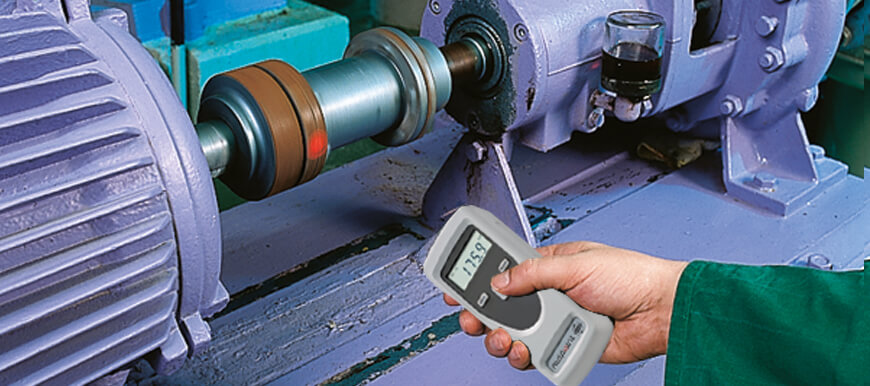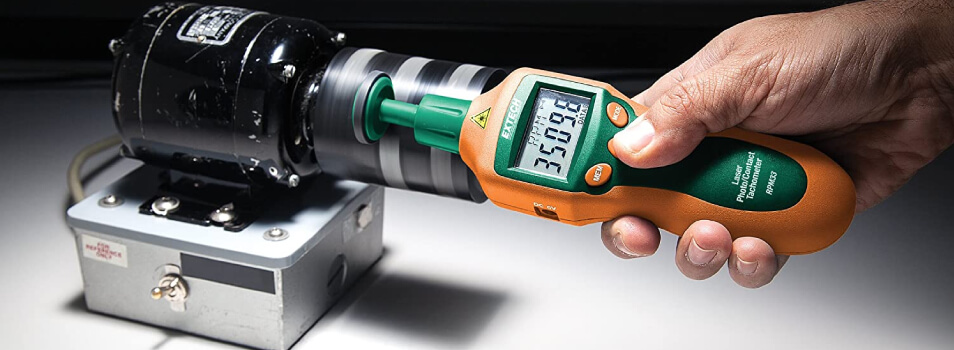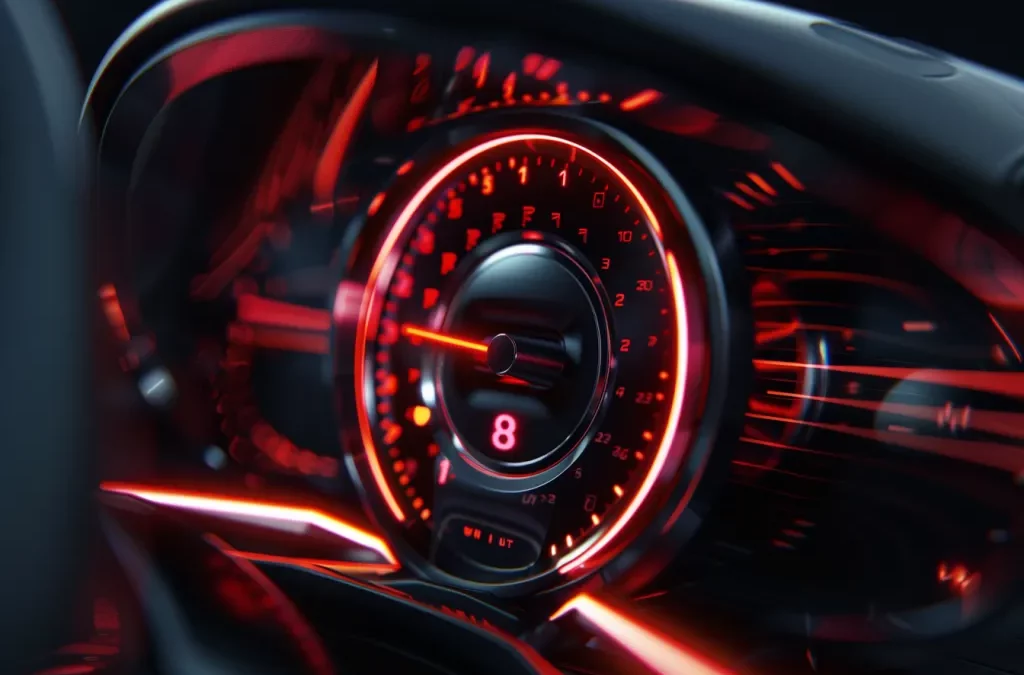Testing a diesel tachometer is an essential and crucial task for those involved in diesel engine maintenance and diagnostics. Understanding how to accurately test and calibrate a diesel tachometer can save time, reduce inefficiencies, and enhance the performance of your machinery. This comprehensive guide will ensure you are well-equipped to handle the task with confidence and precision.

Understanding Diesel Tachometers
What is a Diesel Tachometer?
A diesel tachometer is an instrument used to measure the rotational speed of a diesel engine. It indicates the revolutions per minute (RPM) of the engine’s crankshaft and is a critical tool for monitoring engine performance and ensuring it operates within safe parameters.
Why is Testing Important?
Regular testing of a diesel tachometer is vital to ensure the device’s accuracy and reliability. A faulty tachometer can lead to incorrect RPM readings, which can result in engine damage or suboptimal performance. This guide aims to provide a detailed step-by-step approach to testing diesel tachometers effectively.
How Diesel Tachometers Work
Basic Principle of Operation
Diesel tachometers function by sensing the engine’s speed through various methods such as magnetic sensors, optical encoders, or signal generators. The sensed data is then converted into readable RPM values displayed on the tachometer gauge.
Types of Diesel Tachometers
- Mechanical Tachometers: Utilize mechanical linkage to measure engine speed.
- Electric Tachometers: Use electronic signals and components to gauge RPM.
- Digital Tachometers: Provide digital readouts and often come with advanced features for more precise measurements.
Tools and Equipment Needed
- Multimeter
- Signal generator or function generator
- Test bench or a controlled environment for testing
- Reference tachometer or calibrated device
- Connecting cables and adapters
Preparation Steps Before Testing
Safety Precautions
- Ensure the engine is turned off before connecting any testing equipment.
- Wear appropriate safety gear, including gloves and goggles.
- Work in a well-ventilated area to avoid exposure to harmful fumes.
Setting Up the Test Environment
Set up a test bench or a controlled environment where you can safely conduct the tachometer tests. Ensure all equipment is calibrated and functioning correctly before proceeding with the tests.
Step-by-Step Guide to Testing a Diesel Tachometer
Step 1: Visual Inspection
Begin by visually inspecting the tachometer for any physical damage, loose connections, or signs of wear and tear. Ensure all wiring and connectors are intact and securely fastened.
Step 2: Testing with a Multimeter
Use a multimeter to check for continuity in the tachometer’s wiring. Set the multimeter to the resistance (ohm) setting and measure the resistance between the tachometer’s input terminals. A consistent reading indicates proper wiring.
Step 3: Signal Generator Test
Connect a signal generator to the tachometer’s input terminals. Set the signal generator to output a specific frequency corresponding to the engine’s RPM range. Verify that the tachometer displays accurate RPM readings in response to the signal.
Step 4: Comparison with a Reference Tachometer
Run the engine and use a calibrated reference tachometer to measure its RPM. Compare the readings obtained from the diesel tachometer with the reference tachometer. Any significant discrepancy indicates a need for recalibration or repair.
Interpreting Test Results
Analyzing the Data
After conducting the tests, analyze the data to identify any irregularities or patterns. Consistent and accurate readings indicate a well-functioning tachometer, while any deviations may require further investigation or servicing.
Common Issues and Solutions
- Inconsistent Readings: Check for loose connections or damaged wiring. Ensure the signal generator is functioning correctly.
- No Display: Verify the power supply to the tachometer and inspect the display unit for faults.
- Erratic Behavior: Check for electromagnetic interference or faulty sensors. Recalibrate the tachometer if necessary.
Maintaining Your Diesel Tachometer
Regular Maintenance Tips
- Clean the tachometer regularly to prevent dust and debris buildup.
- Inspect wiring and connectors periodically for signs of wear.
- Calibrate the tachometer annually to ensure accuracy.
When to Replace Your Tachometer
Consider replacing your diesel tachometer if it consistently provides inaccurate readings, displays physical damage, or fails to function despite troubleshooting efforts.

FAQs
How often should I test my diesel tachometer?
It is recommended to test your diesel tachometer annually or whenever you notice irregular readings or performance issues.
Can I test a diesel tachometer without specialized equipment?
While basic continuity tests can be performed with a multimeter, accurate testing usually requires specialized equipment like a signal generator and a reference tachometer.
What should I do if my tachometer fails the test?
If your diesel tachometer fails the test, check for loose connections or damaged components. If issues persist, consider recalibrating or replacing the tachometer.
For more detailed information on tachometers, you can explore this external resource.
